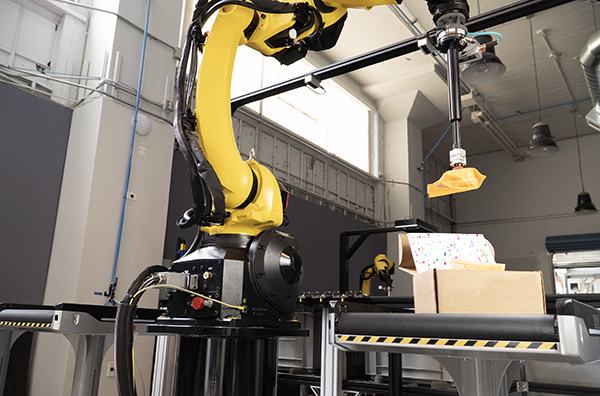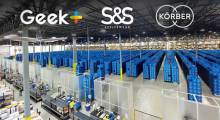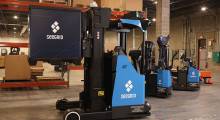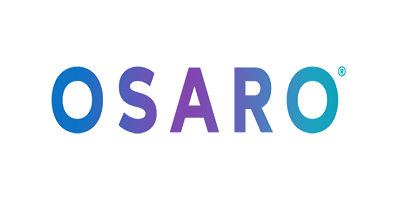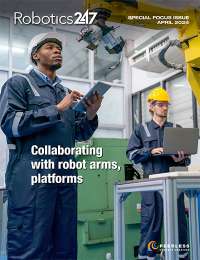OSARO Inc. today announced the OSARO Robotic Kitting System, which uses artificial intelligence and end effectors to pick and place products into kits. The e-commerce robot addresses the growing market for subscription kits, which bundle items into a customized bundle shipped as a single stock-keeping unit, or SKU.
“Demand for subscription packages and kits is surging, but people are in short supply. And they can’t always work graveyard shifts on short notice during unpredictable surges in business,” stated Derik Pridmore, CEO of OSARO, in a press release.
“Our new kitting solution is ideal for e-commerce businesses and the 3PLs [third-party logistics providers] that serve them,” he added. “Kitting requires precise picking and placing, as well as speed. It also requires intelligence to adapt to the continually changing SKUs that comprise each kit. OSARO’s technology is a perfect fit.”
OSARO tackles kitting challenge
Retailers of everything from apparel and food and beverage to toys and pet products have embraced subscription kits because they can grow recurring revenue and increase sales of slow-moving items, noted OSARO. The kits can also make inventory management more predictable for both retailers and fulfillment operators, it said.
In addition, consolidation of products in kits can reduce packaging and shipping costs, said the San Francisco-based company. While warehouses may have automated storage and retrieval systems (ASRS) and fleets of autonomous mobile robots (AMRs), increasingly scarce human workers typically put multiple items into single boxes for kitting. It's a tedious, repetitive task.
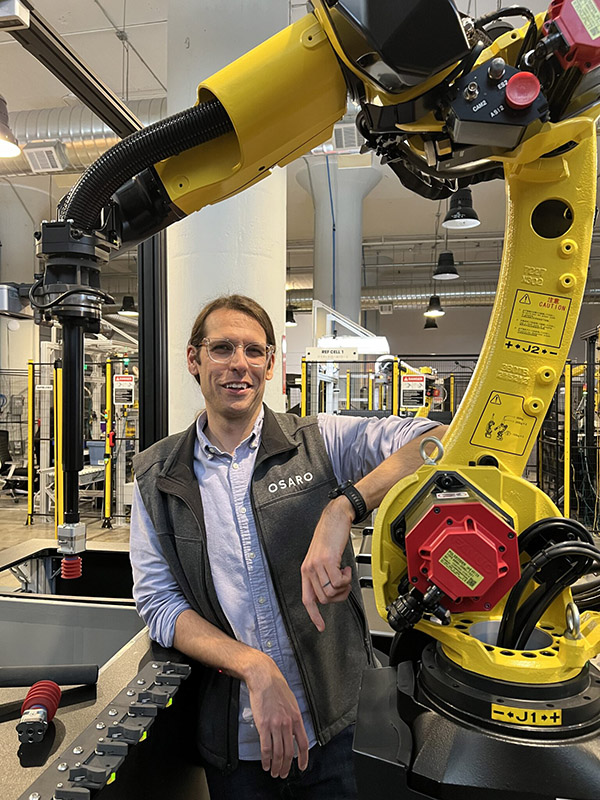
OSARO said its Robotic Kitting System is designed to consistently identify, pick, and place SKUs. Adaptive learning enables the system to flexibly handle frequent product turnover, it said.
“A lot of use cases are typically fixed: 'This is a box,' or 'This is a tote,' and 'This is your infeed,'” said Nick Coffin, a solutions engineer at OSARO. “There's something fun and challenging in this space, which is variable.”
“As robot perception increases with AI and machine learning, it seemed like a natural consequence that we could do [kitting] really well,” he told Robotics 24/7. “Now, let's see if we can solve an even bigger piece of the customer's problem set.”
OSARO has been working on applying its perception and manipulation technology to kitting for about two years, said Coffin. The company has also developed sensors, motion control systems, and end-of-arm tooling (EOAT), he said.
Customization and personalization with robots
Coffin gave an example of how kitting works with robots and people.
“I get a box of tea every month, and it comes with these different pieces,” he said. “There's the key box that comes with it, and there's a pamphlet, and then there's always something like a little spoon.”
“It's representative of a lot of the customers that we've been talking to lately,” Coffin said. “Robotics offers opportunities to not have people doing the repetitive task of placing these items in boxes over and over. There's an opportunity to upskill the worker with the human-machine interaction aspect.”
“One of the beauties of our system is that it's agnostic to the product that's being fed to it,” he explained. “Now, you can change it from a box of tea to coffee, and the robot just works. It's something that was unheard of in these fulfillment environments three or four years back.”
OSARO's new system does not just look for items to pick; it also precisely places items into boxes, noted Coffin. By combining the multidimensional data stream from its robot controller with improved perception, OSARO's robots can manipulate a wide range of items more easily, he said.
“If you can do localization, you can detect where the tea box has to be placed,” Coffin said. “Coupling that with our motion control and all this additional perceptibility that we have around the robot, we're able to do that in a really efficient manner.”
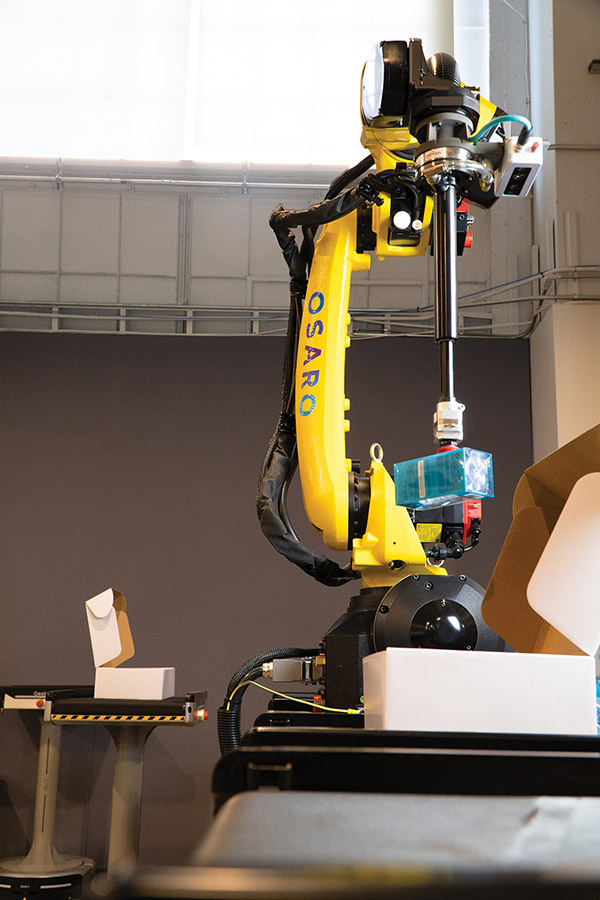
API eases integration of Robotic Kitting System
OSARO noted that in goods-to-robot applications, its API enables its pick-and-place systems to easily integrate with AMRs and other automation.
“We've been increasing our focus on integration and interoperability,” Coffin said. “We're very proud of the API that we've developed because it's versatile. We're able to say, 'Here you go, integrator. Here's this really in-depth operation that you can execute out of this API.'”
While OSARO said its technology is modular and designed to work with nearly any robot, its Partner Alliance includes FANUC and a network of systems integrators, as well as 3PLs. The company also offers private consultations with its field staff.
RaaS offers to relieve pain points
The OSARO Robotic Kitting System is available through a robotics-as-a-service (RaaS) business model. The company said RaaS can move the financial burden from an upfront capital investment to more manageable annual operating budgets and reduce risk for customers.
“If a customer has to buy a kitting line or a robot, there's a huge barrier to entry,” Coffin said. “The RaaS model enables customers that wouldn't have looked at robotics otherwise to understand that it could start relieving a pain for them tomorrow.”
About the Author
Follow Robotics 24/7 on Linkedin
Article topics
Email Sign Up

